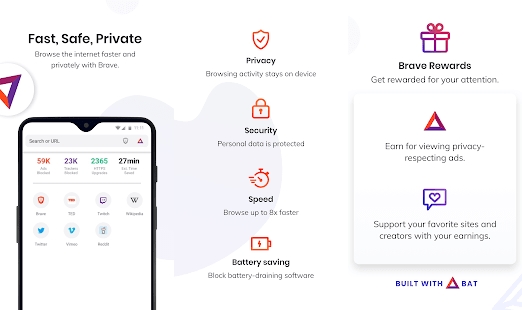

He says the browser can be thought of as a product built by and for friends, and thus, compromises have to be made. This is also one of the things that Jon says sets Vivaldi apart from the competition. The browser has a built-in ad blocker, even if Jon isn’t too happy about it - he would have preferred to stick with a tracking blocker, which would be an incentive for websites and social media to create privacy-minding ads instead, but Vivaldi users were asking for the inclusion. Vivaldi also doesn’t believe in collecting user data, and is actively helping its users block trackers. The browser offers a built-in RSS feed reader that you can curate yourself and that is strictly chronological by nature, and other services like Vivaldi Mail and Calendar can either be used with Vivaldi accounts, or you can hook into them with your own existing IMAP services. The browser wants to actively offer alternatives to such efforts that attempt to lock you in to a service as long as possible. Vivaldi doesn’t believe in this attention-based model, Jon explains.

This has changed today, and paywalls are a symptom that shows that targeted ads are worse, less efficient, and bring less revenue than the older approach. 10 to 15 years ago, almost all content was freely available on the web, with ads that you weren't necessarily afraid of. Publishers moving to paywalls further proves that the current ad system is broken, Jon says. They have no idea on which websites they will end up, and it's likely that no one is truly happy with the way the system is set up right now. In turn, this led to the advent of poor-quality, high-quantity ads that advertisers effectively have less control over than programmatic ads in newspapers and such. Facebook’s success with this model also quickly drove other platforms to copy the approach, like Twitter, which has for a long time tried to push its algorithmic-based feed onto users, rather than the beloved chronological timeline. This approach meant that publishers could suddenly compete against each other on the same platform, leading to an influx of click-optimized headlines and less money to be distributed among websites overall. The company was then forced to keep users on the platform as long as possible and monetize their interactions, leading to the redesign of the Facebook feed to be less focused on people you know, and more focused on supposedly interesting content. This trend supposedly really only started when Facebook went public in 2012 and started to focus on the interests of shareholders. To start with a little excursion, Jon explains to us that the internet wasn’t always the attention-based advertising machine that we know it to be today.


 0 kommentar(er)
0 kommentar(er)
